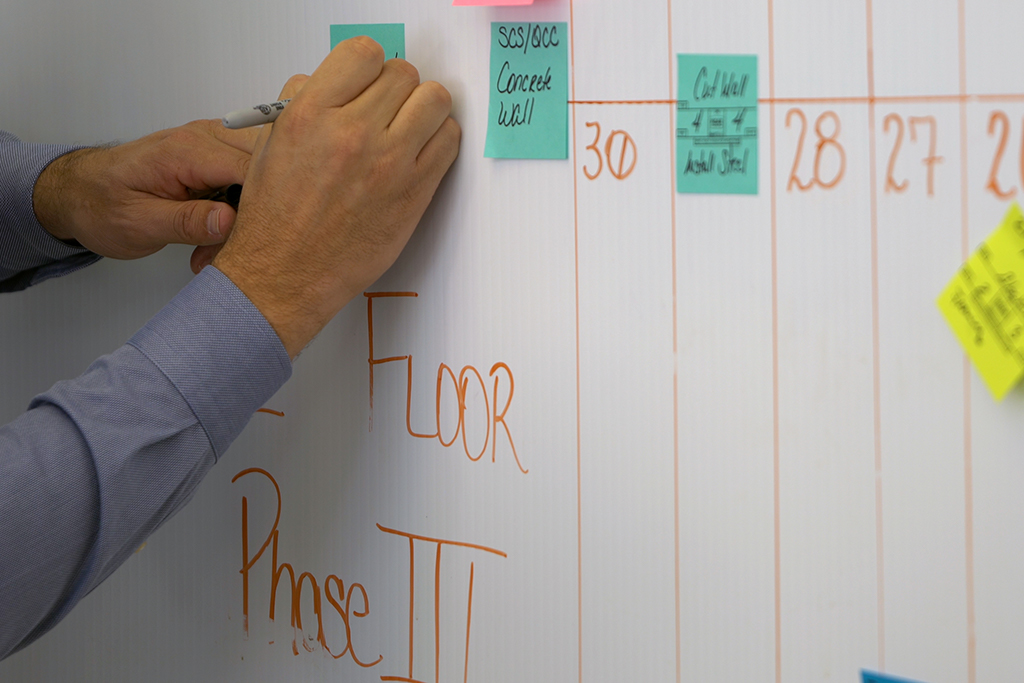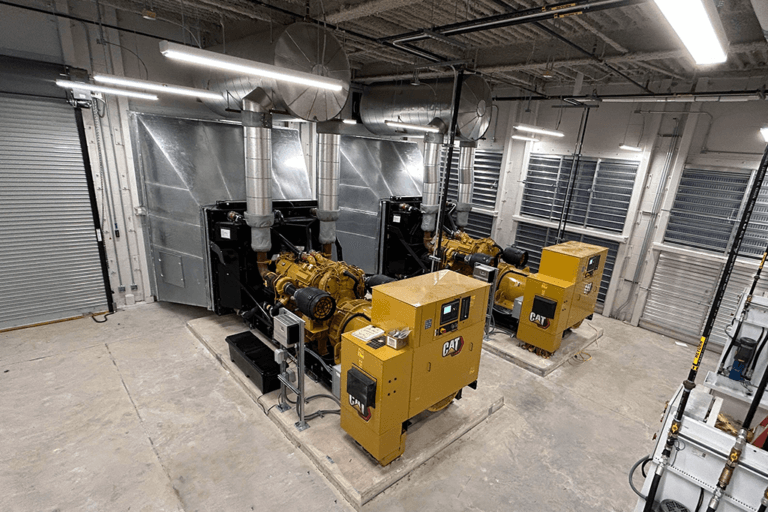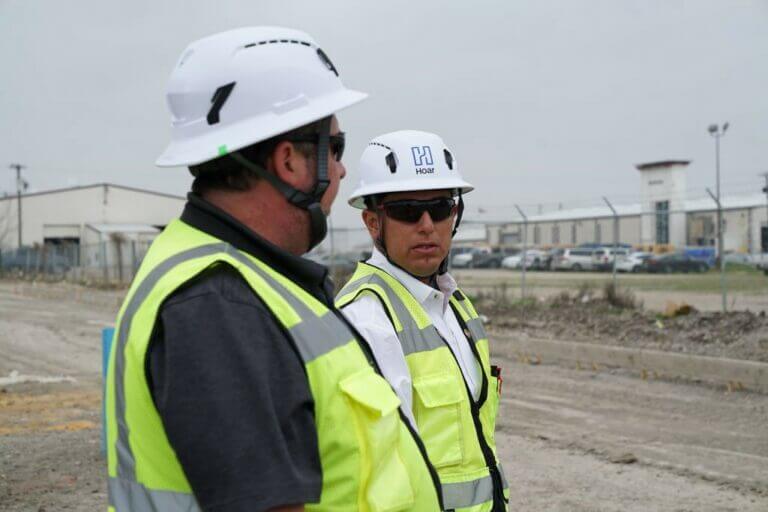
When I first broach the subject of bringing our construction team in during the design phase to pull plan the design schedule, I am often met with more than a little skepticism. Fortunately, our clients often give us the benefit of the doubt and allow us to join forces with the design team at the very beginning of the project to offer true target value design assistance. I’ve led a lot of these first design pull plan exercises with clients and architects who are not quite sold on the value yet. And in my experience, the clients that complete one design pull plan, always request the process on their next project — skepticism gone.
I understand why early contractor involvement can be a bit of a hard sell. From the architect’s perspective, it may seem like the builder is coming in and trying to tell them how to do their job. But trust me — I can’t do their job. What I, and our teams, can do is take our proven scheduling capabilities and apply them to the design phase. We’re very skilled at identifying milestones in construction and backwards planning to identify every step that has to happen to achieve these targets. Why not do that in design? Well, we can. And we do. With incredibly impressive results and tremendous value for our clients. Here’s a run-down of the top benefits of early contractor involvement and pull plan in the design phase:
1. Start on Time
It’s simple, but important. How many of your projects have gotten delayed before your builder ever broke ground? Then what happens? The construction team is constantly trying to make up for lost time. Pull planning the design phase can identify key design milestones like which drawings have to be completed to secure permits and when designs have to be final to order materials on time. If each of these milestones are met in the right order and on time, then your project team has a greater chance of breaking ground on schedule.
2. Stay on Budget
A job that begins construction without final “Issue for Construction” (IFC) documents, is at risk for running over budget. You’ve probably experienced it before. Construction begins as the design team is finalizing the drawings. Then, the project team runs into an issue. Maybe the building’s foundation details now have to be revised due to lack of early Trade input and shop drawing coordination? Or maybe there’s a material included in the drawings that is in high demand and unable to secure on time? These are issues easily addressed and fixed if the contractor is involved and collaborating early with the design team. But in the field? These issues mean lost time, redrawing, and rework. All adding more cost to your budget.
3. Less Change Orders
Which brings me to my next great benefit of pull plan in design. Unexpected change orders can add considerable cost to your budget. But they are also frustrating and can add more time onto the construction phase. If your contractor and design team pull plan the design upfront, meet milestone deadlines, communicate regularly to design around a budget while carefully reviewing the documents together along the way, you can greatly reduce the number of change orders your project might need. Allowing your team to turn over your building sooner, with less unexpected cost. Who doesn’t want that?
Sometimes seeing is believing. With pull plan in design, I believe that’s definitely true. I have yet to have a client use pull plan in design and not buy into the process. In fact, many of our repeat clients expect it on their projects now. Do you want your next project to start on time, stay on budget, and require fewer change orders at the end? Then I recommend partnering early with a contractor experienced in leading pull plan processes during the design phase. You can also reach out to us here to speak to one of our experts about getting us involved in your next project.

